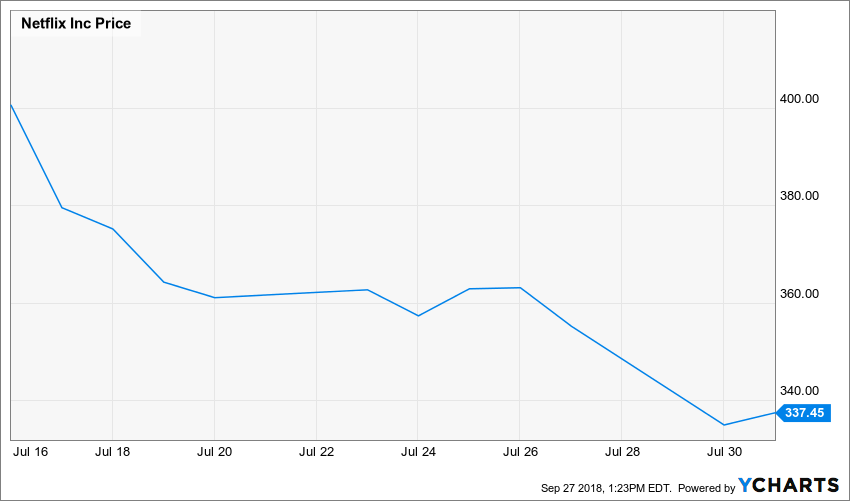In May of this year, I caught a lot of flak after publishing an article entitled Netflix is Uninvestable. While I have not changed my mind about my original conclusion, I have gotten interested in Netflix NFLX again because of a small cap firm whose business is helping content providers sell advertisements on their platforms.

A rumor that Netflix might again be considering selling advertising on its platform piqued my interest, both in terms of what Netflix ads might mean to the small cap, but also what it suggested about Netflix’s business and valuation.
Reports that Netflix recently ran tests in several markets showing customers trailers between shows. Influential advertising industry rag, Ad Age, believes the days of tiered Netflix subscription levels – with one tier serving commercials for a lower monthly rate a-la Hulu – are “around the corner.”
The drive among advertising executives to place commercials on Netflix is obvious: Netflix stores data on the personal interests of a viewer in the form of a record of each video he or she watches. Those data, combined with data from other sources, could certainly allow analysts to triangulate a good bit of the viewer’s regional and demographic information. This level of personal information about viewers would allow advertisers to target commercial messages with much greater precision than has ever been possible before.
If an old-fashioned newspaper ad were a shot from a smooth-bore cannon, an ad targeted to a viewer’s specific interest profile would represent a laser-guided smart-bomb.
That said, Netflix management’s insistence that it will never run ads — that the trailer tests were simply a new way to surface new programs to loyal viewers — is also understandable. A study published this month by Hub Entertainment Research entitled The Future of Monetization suggested that Netflix stood to lose a quarter of its subscribers if it were to start showing ads. While there is some added nuance to the results of the study, it is clear that many customers perceive Netflix’s lack of advertising as one of the big attractions of a subscription.
Who should we believe – the ad execs hungry for the chance to get a hold of Netflix’s customer data or Netflix’s management, who has a strong desire to hold onto loyal subscribers?
I believe a careful analysis of the most recent set of Netflix’s financial statements can provide a clue.
When we published our valuation of Netflix to Framework members, a big part of our work was making projections about subscriber growth and change in pricing for each of Netflix’s business segments: Domestic Streaming, International Streaming, and Domestic DVD (yes, Virginia, there are still a few people receiving red envelopes in the mail).
When the second quarter subscriber and revenue data were released, Netflix’s stock price immediately fell by around 8% and it continued to drop for several weeks afterward. However, when I looked at the numbers, I had the opposite reaction – I was impressed.

Figure 1.
Subscriber growth was tracking almost precisely to my best-case assumptions, but the company’s revenue run-rate was materially higher than I had projected. The only way this could be true is if Netflix was able to raise prices much faster than I assumed were possible. The ability to push through robust price rises suggests that the demand for the company’s service is strong.
It’s hard for me to imagine that Netflix would start selling ads as long as it still has the ability to raise prices so strongly. Even if and when subscriber growth slows a bit, as long as the company is able to keep bumping up the subscription fees, I wouldn’t expect the company to destroy brand equity by a change in a feature on which customers place so much weight.
I am impressed with Netflix’s revenue growth and its ability to raise prices, but I still think it is uninvestable in the way I defined it in my earlier article.
While Netflix seems like a gamble to me, all this talk of advertising on streaming platforms has gotten me interested in that small cap I mentioned earlier. More about that company in tomorrow’s column.
